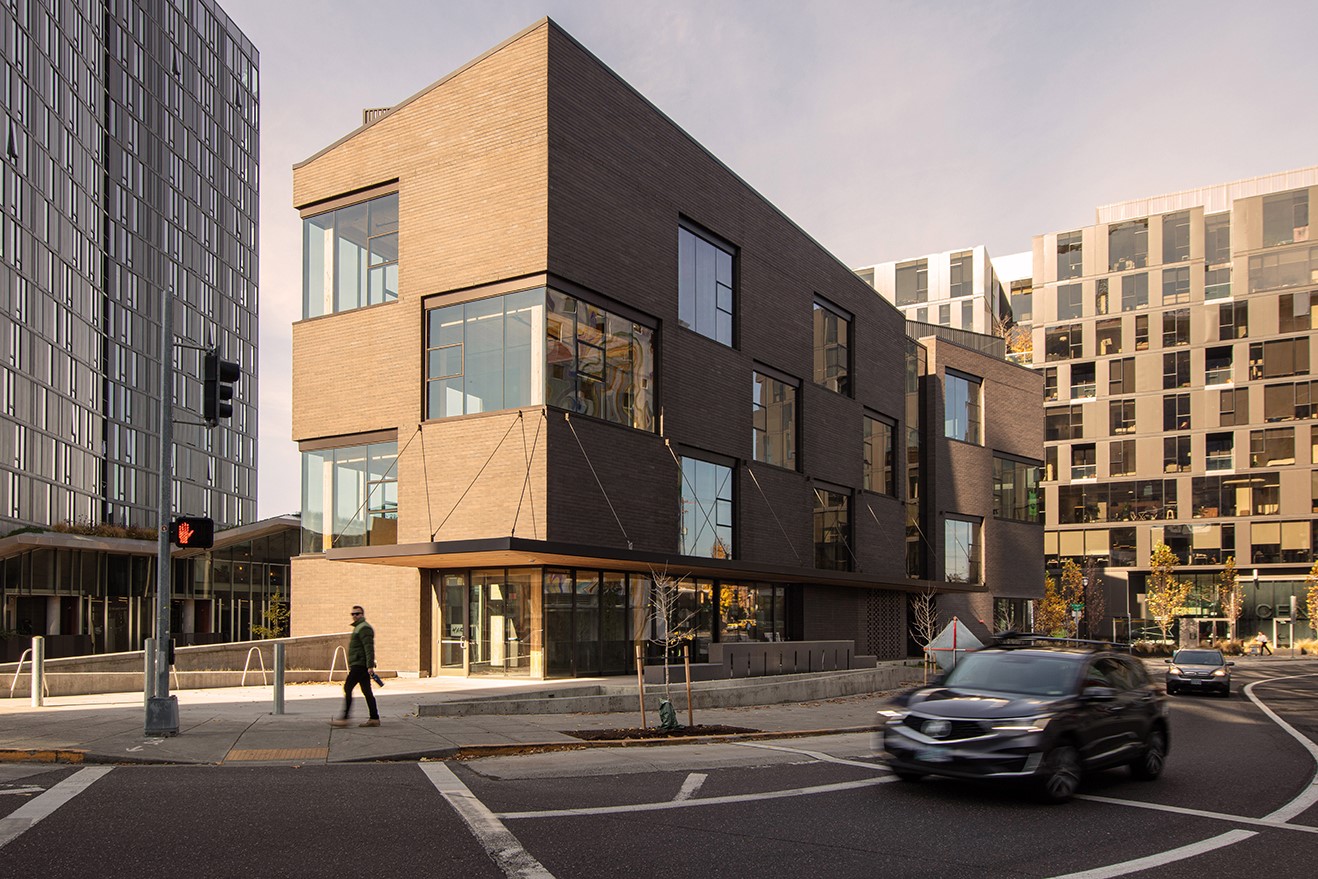By Nikky Streeter
Travel is great for design inspiration — sometimes all it takes is a week in different climes to gather up a host of new ideas. But what’s even better is getting to design for one of these inspiring, faraway places.
That was the case for Thomas A. Kligerman, partner at New York- and San Francisco- based Ike Kligerman Barkley, when he set out to design a house for a young family in Cabo San Lucas, Mexico. The sweeping white villa, known as the Beach Retreat, drew from the vernacular of the region, the bright colors of the surrounding landscape, and especially on the talents of local artisans.
“This house was a cross-cultural collaboration,” says Kligerman. Working with builders, masons and craftspeople from the Cabo region, Kligerman found a team that was highly skilled in masonry techniques and local materials. The house shines because of this work – embodying new takes on traditional techniques with tile, terrazzo, concrete and stone native to the region. “Together we were able to make geometric forms that were new and dramatic – much of the house seems as if it were carved out of a block.”
The project wasn’t without restrictions: property guidelines called for a house that resembled the multiple small dwellings typical of Mexican villages; and the family wanted to relax at home comfortably, with a space for their kids to play that was not open to the adjacent lots.
The solution was a house that plays on contrasts. Paying homage to vernacular architecture at the front, the backside of the house is a modern, clean and sweeping curve that follows the line of the beach. And while the house is composed of smooth white walls, three feet thick in many spots, the form is punctuated with swaths of bright color. The oppositions come out in the details, too – like the fire pit that sits within the hot tub, looking out onto the waters of the Atlantic.
“The experience is unlike designing a shingle style home in Cape Cod, for example” says Kligerman. “Working in a different vernacular helps you appreciate, and really experience, different cultures, different crafts, and different architectural histories.”
[slideshow id=1277]

